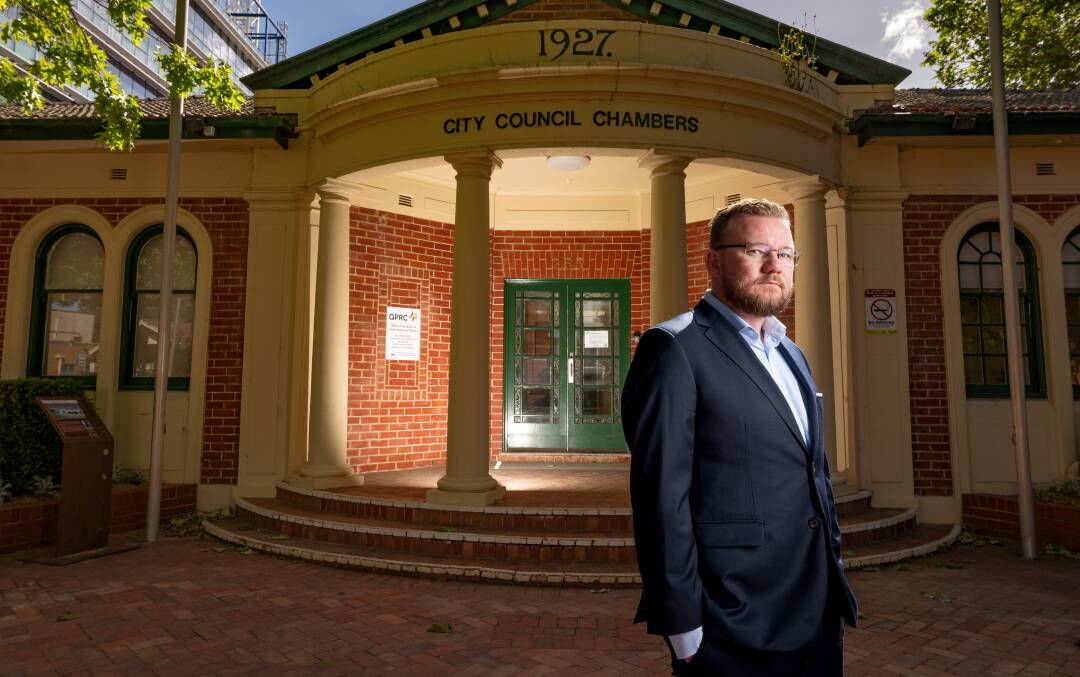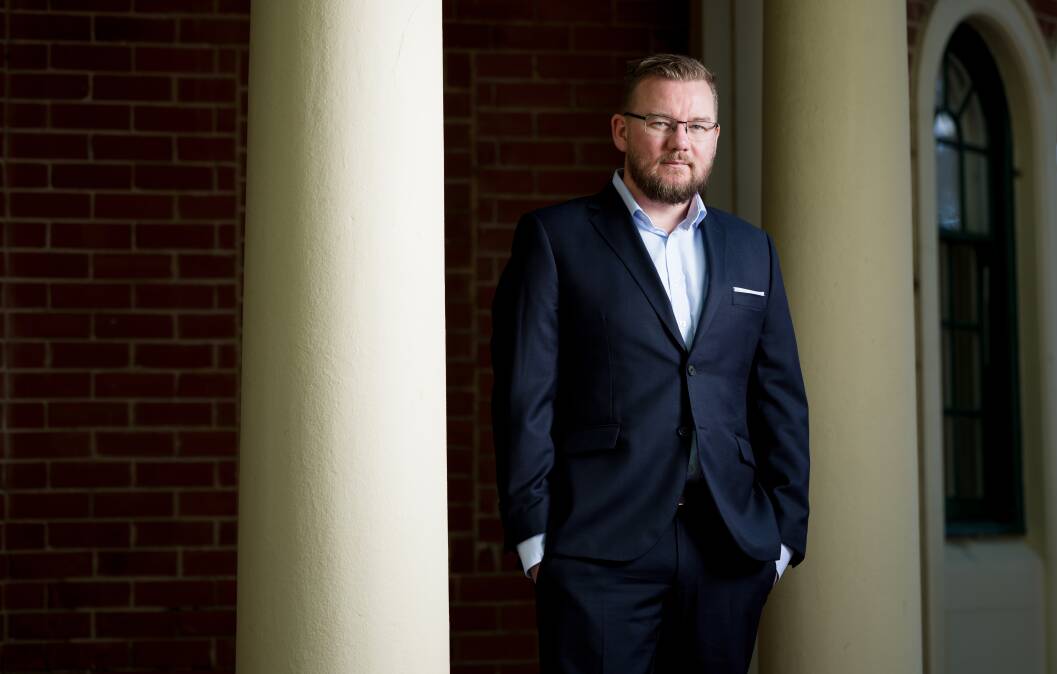
Queanbeyan-Palerang mayor Kenrick Winchester said he is horrified the council is in a position where they have been forced to choose between a drastic cut in services or a massive rates rise.
Residents of Queanbeyan, Bungendore and Braidwood could face the prospect of paid parking, pools closing, libraries closing and reduced mowing and maintenance unless rates are increased by almost 100 per cent.
The Queanbeyan-Palerang Regional Council has also said it could be forced to sell the Queanbeyan Performing Arts Centre, stop funding all community halls and reduce the number of councillors.
The council has opened consultation on proposed increases to the general rate over the next three years, presenting three scenarios to residents.
Mr Winchester said the council would go into administration if rates were not increased by at least 12 per cent a year over the next three years.
"If we don't make a decision, this council won't be financially sustainable. I'll get sacked, the whole council will get sacked and an administrator will be appointed and they will unilaterally raise rates," he said.
"I've got to make a decision where we don't raise rates and the council has to go into administration or I've got to make a call that is going to annoy every single ratepayer out there."
However, if rates are increased by only 12 per cent there would be a drastic cut to services.
Under this scenario, ways to cut costs could include selling the performing arts centre, stopping funding to community halls, closing all pools, closing libraries, introducing paid parking and significantly reducing street sweeping, mowing, maintenance and cleaning, and introduce paid parking.
Under the second scenario, rates would increase by 18 per cent a year for three years.
This could include significantly increasing fees at the Queanbeyan Performing Arts Centre, reducing community funding by 50 per cent, cutting heritage grants, only keeping one pool open and reducing street sweeping, mowing, maintenance and cleaning and introducing paid parking.
Under the third scenario there would be no cuts to services but rates would increase by 28 per cent in the first year, 25 per cent in the second year and 23 per cent in the third year, representing a total increase of 97 per cent.
The increase would only apply to the general rate, meaning the increase would not apply to sewerage, waste and water access costs. This means the increase would not affect the entire rates bill, only about half the bill.

Mr Winchester, who only became mayor in January, has not pointed the blame at council spending but rather restrictions in place by the NSW government.
The NSW government sets a so-called rate peg, which is the maximum amount a council can raise rates by each year but councils can apply to have to increase the general rate beyond this. The Independent Pricing and Regulatory Tribunal NSW says the purpose of the rate peg is to protect ratepayers from excessive increases.
The base rate peg for the next financial year is 3.7 per cent
Mr Winchester said the rate increase set by the tribunal does not come close to meeting the increased costs of doing everything the community expected.
"It's been 2.5 to 3 per cent for a long, long time when we've got wage costs and all sorts of other costs increasing by way more than that," he said.
"The problem is just getting worse and worse each year.
"I don't want to point blame at the former council or anything, I'm sure they all made the right decision at the time and I was part of that."
But the council has also been prevented from raising rates following the controversial merger of the Queanbeyan and Palerang councils in 2016.
When the councils merged neither was in a financially stable position.
However, Mr Winchester has defended spending by council on a $74 million cultural and arts precinct.
"The former council made the decision to proceed with it [the cultural precinct] and obviously it is loan funded but more than half of that is going to be full of state government employees and over time that will pay for itself and will be a huge asset for our community," he said.
"At this point in time it looks very bad because we've got a half-finished building there."
Mr Winchester also defended the decision to increase councillors pay by 22 per cent earlier this year and the mayor's pay by 33 per cent. He said councils get to choose their allowance based on an independent tribunal which sets a range for the pay rises.
He said the council chose to go with the maximum possible amount but argued most councils did. He said it was ridiculous that councils got to choose their allowance.
But Mr Winchester said the workload of councillors had drastically increased. Nine of the 11 councillors were only elected to the council at the end of last year.
"I can tell you the amount of work our councillors have had to do in the in the past 10 months ... it's been a very hectic year, lots of very controversial issues," he said.
"We used to only meet on Wednesdays, now we meet every Tuesday and Wednesday... we are exceptionally busy.
"The amount councillors get paid is about $25,000 a year, after taxes that's about $1200 a month for the time they spend away from their families."
People can provide feedback on the proposed options on the Queanbeyan-Palerang Regional Council website.







